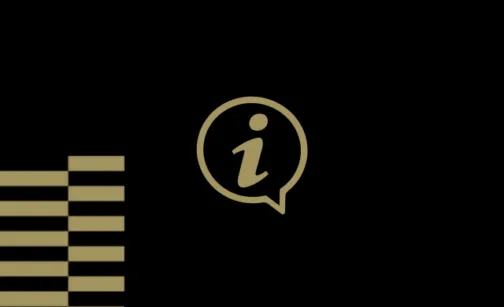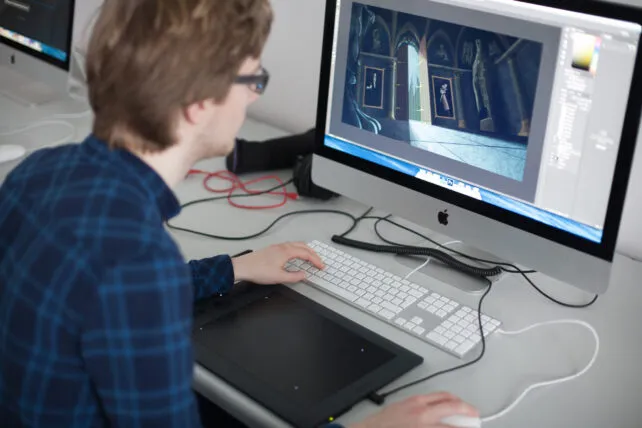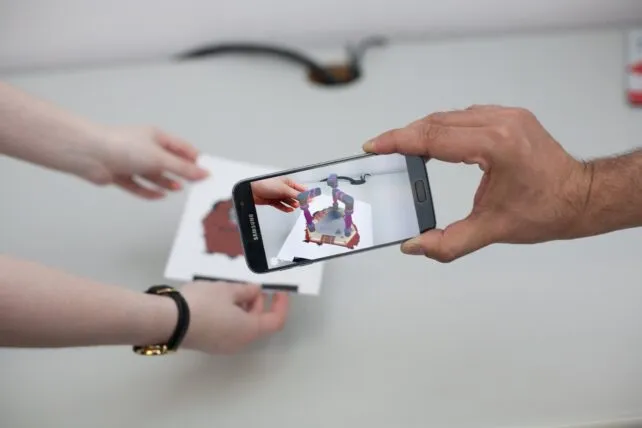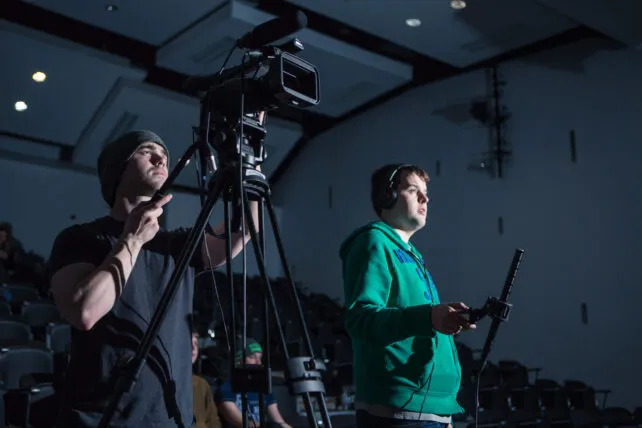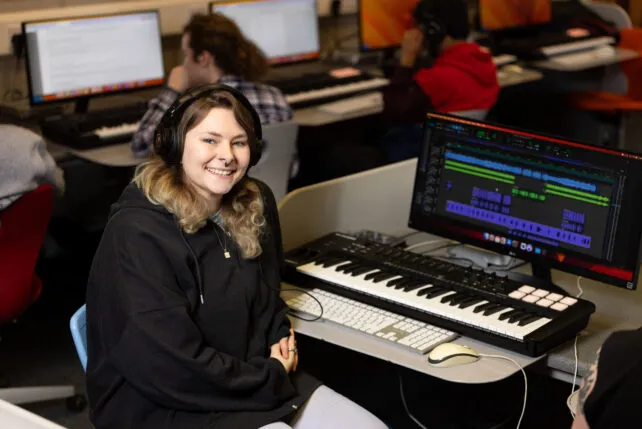What are the entry requirements?
Leaving Certificate
A minimum of 2 H5 & 4 O6/H7 grades in six Leaving Certificate subjects, including English or Irish.
QQI FET/FETAC
TUS accepts QQI-FET/FETAC awards for entry on all courses of study. Please refer to our Admissions information for details.
Mature Applicants
Candidates applying as mature applicants may be required to attend an interview and may be requested to take an aptitude test to prove their suitability for a place on this programme.
International Applicants
International applicants should apply directly to the International Office at TUS, allowing plenty of time for completing the visa process. Applications for September start should be made by 1st June at the latest to ensure visas are processed in time. You should familiarise yourself with visa processing times for your country of origin to ensure you make a timely application. Find out more here.
Portfolio
As well as meeting the Leaving Certificate/QQI FET/FETAC requirement, students will also need to pass a portfolio assessment. The portfolio is scored out of 600 with a minimum score of 240 required to pass. The portal for uploading portfolios will open from 14th to 28th March 2025 inclusive and applicants will be contacted the week commencing 11th March with the link. Check out the portfolio requirements here.





